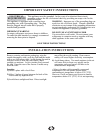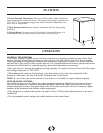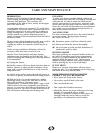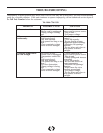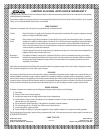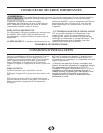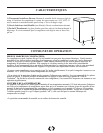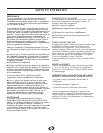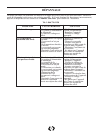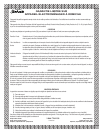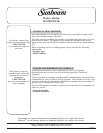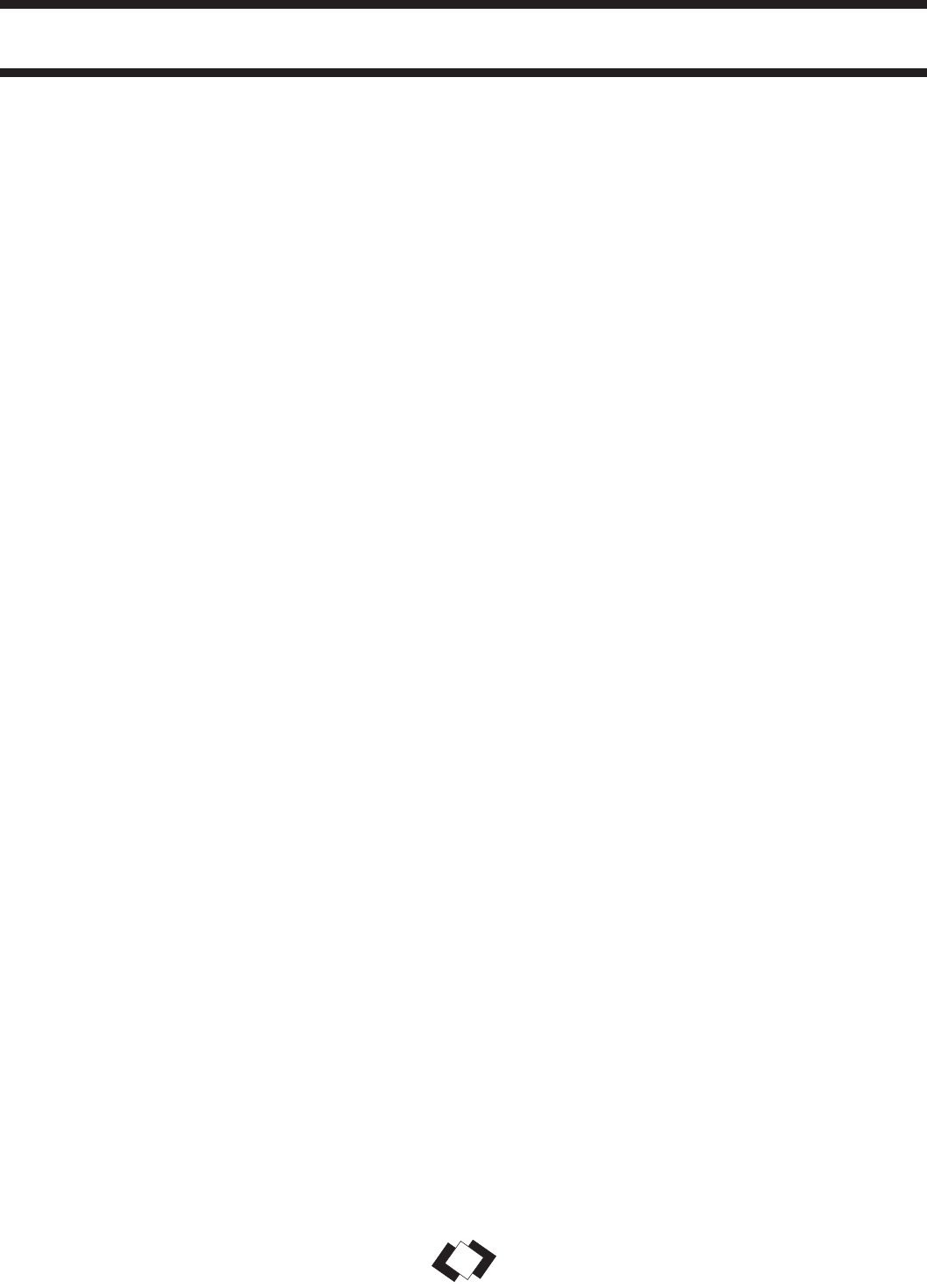
3
CARE AND MAINTENANCE
DEFROSTING:
Moisture will be introduced into the liner of your
freezer during lid openings and the addition of
unfrozen food packages. This moisture will
accumulate in the form of frost, mostly on the upper
part of the liner walls.
Accumulation of frost up to 6mm (1/4”) on the liner
is not harmful. However, when it becomes heavier, it
should be removed as it slows cooling, resulting in
longer running times. Frost may be removed with a
wooden spatula or a plastic defrosting scoop, by
simply scraping off the accumulation from the side of
the freezer walls.
Do not use any sharp instruments as this may result in
damage to the liner wall and/or sealed system,
voiding any and/or all warranties which may be in
effect.
Under average conditions, defrosting will not be
necessary more than once or twice a year.
Besides frost, food particles and other foreign
substances may accumulate and soil the liner. For
proper defrosting and cleaning, the following method
is recommended:
a) Unplug the freezer.
b) Quickly remove all frozen foods and store them in
baskets, cartons, or other suitable containers. Keep
them well covered with blankets to avoid excessive
temperature rise.
c) A kettle or pot of hot water placed in the center of
the liner will greatly accelerate the defrosting process.
d) With the help of a wooden spatula or a plastic
defrosting scoop, remove the frost and ice off the
liner walls as soon as it becomes loose
(approximately 15 minutes from start). Using a cloth
soaked in hot water can considerably accelerate the
process. As soon as ice has fallen to the bottom of the
freezer, remove it. Do not let it melt in the freezer as
this will increase defrosting and cleaning time.
CLEANING
To clean your freezer, sprinkle baking soda on the
inside bottom and walls; this will help in cleaning and
odor removal. In order to retain the finish on the
interior and exterior of your freezer, wash only with
warm water and mild soap, then rinse and dry with a
clean, dry soft cloth. Do not under any circumstances
use a gritty soap or a kitchen scouring cleanser, as
these tend to scratch the finish.
VACATION TIME
For short vacation periods, leave the control knob at
its normal setting. During longer absences,
(a) remove all foods.
(b) disconnect power cord from electrical outlet.
(c) defrost and clean the freezer thoroughly.
(d) leave lid open to avoid possible formations of
condensate, mold or odors.
POWER FAILURE
Most power failures are corrected within an hour or
two and will not affect your freezer temperatures.
However, you should minimize the number of lid
openings while the power is off. During power
failures of longer duration, take steps to protect your
food by placing dry ice on top of packages.
IF YOU MOVE
Remove or securely fasten down all loose items
inside the unit. To avoid damaging the leveling legs,
turn them all the way into the base.
SOME IMPORTANT RULES FOR THE
CORRECT USE OF THE FREEZER
• Never place hot foods in the freezer.
• Never place spoiled foods in the unit.
• Don’t overload the unit.
• Don’t open the lid unless necessary.
• Should the freezer be stored without use for long
periods, it is suggested, after a careful
cleaning, to leave the lid open to allow the air to
circulate inside the unit in order to avoid the
possibility of condensation, mold or odors.




